Excerpted from Aviation Changes Warfare on the Eastern Front by Terrence Finnegan, Carl Bobrow, and Helmut Jäger. Published in World War One Illustrated #4, Winter 2014-2015. This issue is still available for purchase here. This issue also included an introductory game: Russia’s Great War:1914 that can be played solitaire. Read more about the other issues of WWOI and our projects here. Help us to preserve the stories of this critical period of history. Here’s how.
Despite the vast sums spent on building fortresses before the war, field commanders in both the East and West hoped to replicate Napoleon Bonaparte’s legacy of rapid campaigns of envelopment. The Prussians had also done this in their brief and victorious war over France in 1870-71.
Three years of warfare on the Eastern Front from 1914-1917 incorporated technological advances that included the first aerial platforms. How armies operated would be transformed during the Great War. Aviation would be at the forefront of this revolution. High troop density and massive firepower led to stalemate in the West. The much larger area of operations in the East allowed for maneuver. Over every front aviation would play a vital role.
Most French and German aeroplanes were organized into small units of six flying craft each. They were assigned to commanders of armies, German active corps, and fortresses. Britain organized larger squadrons of 15 or more planes, but had only four such squadrons in France in 1914.
At the start of the war, the Austro-Hungarian (Imperial) high command controlled fifteen companies of air units. Many of these were assigned to individual field armies. However, Imperial air operations proved to be less effective compared to their German ally’s. In the Balkans the forested terrain often hid Serbian troops. While in Galicia on August 11th few of the 42 aeroplanes in the Imperial order of battle could fly. The official Austro-Hungarian history noted very few significant achievements by air reconnaissance over Russian forces despite the open nature of the terrain.
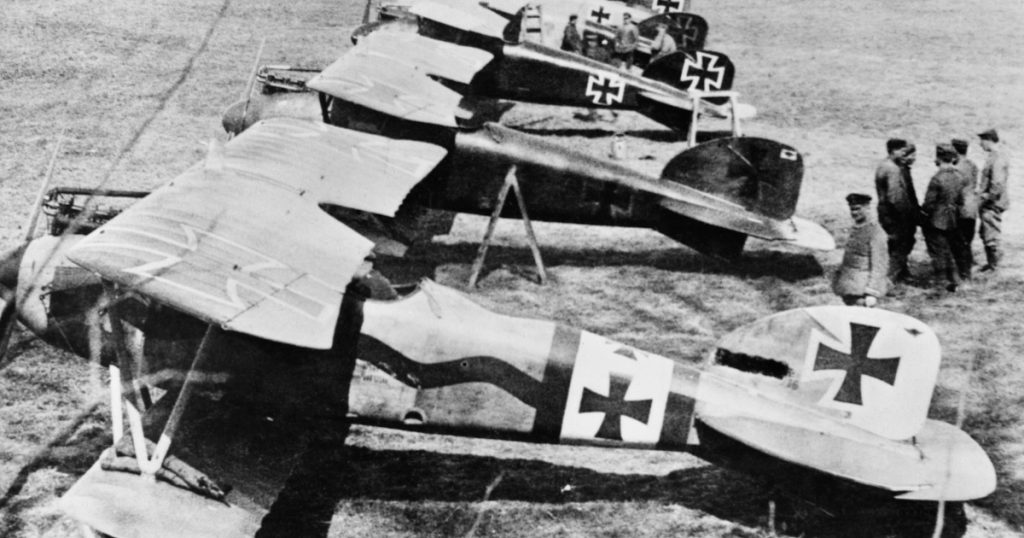
In August 1914, German aeroplanes and airships became notorious for flying over enemy territory, conducting aerial reconnaissance, propaganda missions, and the first aerial bombardments of the war.
Friendly fire proved to be one of the greatest dangers to aviators. Leutnant Mahnke remembered German soldiers shooting at their own aeroplanes, despite the clearly marked iron cross emblems on the wings. Austro-Hungary’s 4th Army suffered the loss of three of its own aircraft from friendly infantry fire. This prompted the 4th Army command staff to issue a directive that they were not to fire upon any aeroplanes.
The Russian pilot Georgii Leonidovich Sheremetevsky recalled returning from one aerial reconnaissance sortie where, “we would be fired on by ‘all God-fearing folk.” One Russian general, Vasilii Gourkoe, surmised that Russian soldiers were shooting down their own aeroplanes because his soldiers, “seriously thought that such a cunning idea as an aeroplane could only emanate from, and be used by, a German.”
Even the most exceptional aeroplane in the East, the Sikorsky designed four-engine Il’ya Muromets, had to be wary of friendly fire. The Russian Ninth Army commander warned his troops fighting in Galicia that an Il’ya Muromets was to fly to the southwest to support the front. Troops were to avoid shooting at “big size, four engines, a platform in front with gun installation, long tail with three rudders in front… aeroplane sparkles in the sun…”
The first major air war in history was fought in the Great War, and some of the earliest successes of aerial reconnaissance were in the East. These were exemplary accomplishments for aviation professionals with few resources at their disposal. The new military paradigm of firepower and aviation replaced the legacies of Napoleon.



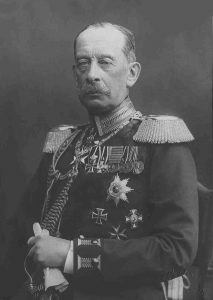

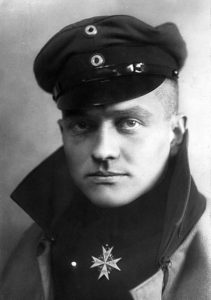
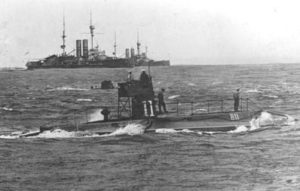
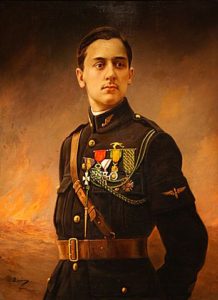
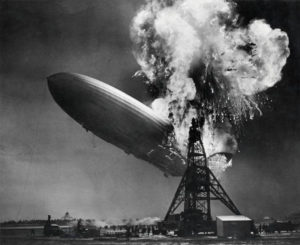
 Admiral of the Fleet Earl Beatty by
Admiral of the Fleet Earl Beatty by  The Zimmermann Telegram by
The Zimmermann Telegram by  Jutland: The Naval Staff Appreciation by
Jutland: The Naval Staff Appreciation by  Jutland: The Unfinished Battle: A Personal History of a Naval Controversy by
Jutland: The Unfinished Battle: A Personal History of a Naval Controversy by  Jutland: World War I's Greatest Naval Battle by
Jutland: World War I's Greatest Naval Battle by  The Battle of Jutland by
The Battle of Jutland by  Churchill and the Dardanelles by
Churchill and the Dardanelles by  The Naval Route to the Abyss by
The Naval Route to the Abyss by  To Crown the Waves by
To Crown the Waves by  Clash of Fleets by
Clash of Fleets by  From the Dreadnought to Scapa Flow by
From the Dreadnought to Scapa Flow by  A Naval History of World War I by
A Naval History of World War I by  Fighting the Great War at Sea by
Fighting the Great War at Sea by  Zeppelin vs British Home Defence 1915-18 by
Zeppelin vs British Home Defence 1915-18 by  German Infantryman vs Russian Infantryman – 1914–15 by
German Infantryman vs Russian Infantryman – 1914–15 by  American Military Vehicles of World War I by
American Military Vehicles of World War I by  The Vanquished by
The Vanquished by  Pershing's Crusaders: The American Soldier in World War I by
Pershing's Crusaders: The American Soldier in World War I by  The World's War by
The World's War by  Victory on the Western Front: The Development of the British Army 1914-1918 by
Victory on the Western Front: The Development of the British Army 1914-1918 by  The Last Battle: Victory, Defeat, and the End of World War I by
The Last Battle: Victory, Defeat, and the End of World War I by  The Deluge: The Great War, America and the Remaking of the Global Order, 1916-1931 by
The Deluge: The Great War, America and the Remaking of the Global Order, 1916-1931 by  The Path to War: How the First World War Created Modern America by
The Path to War: How the First World War Created Modern America by  Ottomans and Armenians: A Study in Counterinsurgency ISBN: 1137362200
Ottomans and Armenians: A Study in Counterinsurgency ISBN: 1137362200  King of Battle: Artillery in World War I by
King of Battle: Artillery in World War I by  Instrument of War: The German Army 1914–18 by
Instrument of War: The German Army 1914–18 by  Empires in World War I: Shifting Frontiers and Imperial Dynamics in a Global Conflict by
Empires in World War I: Shifting Frontiers and Imperial Dynamics in a Global Conflict by  The British Imperial Army in the Middle East: Morale and Military Identity in the Sinai and Palestine Campaigns, 1916-18 by
The British Imperial Army in the Middle East: Morale and Military Identity in the Sinai and Palestine Campaigns, 1916-18 by  Over the Top: Alternate Histories of the First World War by
Over the Top: Alternate Histories of the First World War by  World War I: The Definitive Encyclopedia and Document Collection by
World War I: The Definitive Encyclopedia and Document Collection by  And the World Went Dark: An Illustrated Interpretation of the Great War by
And the World Went Dark: An Illustrated Interpretation of the Great War by  The Russian Army in the Great War: The Eastern Front, 1914-1917 by
The Russian Army in the Great War: The Eastern Front, 1914-1917 by  The French Army and the First World War by
The French Army and the First World War by  The British Army and the First World War by
The British Army and the First World War by 
